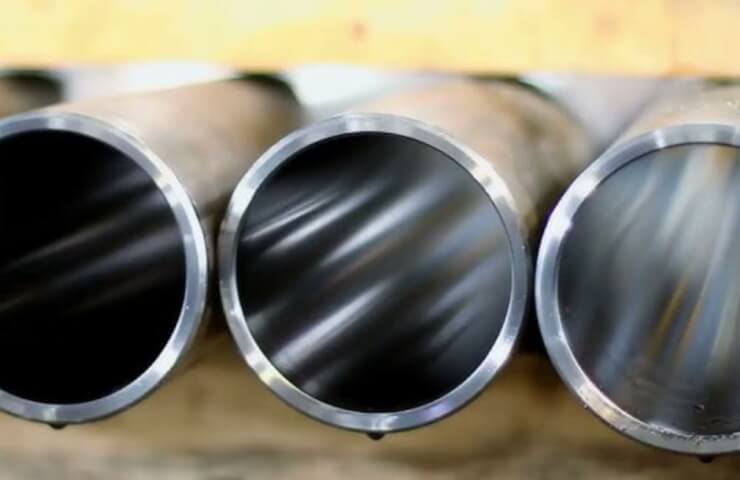The new EU plan will aim to reduce energy costs, improve access to raw materials, encourage purchases of domestic materials, and simplify the carbon cap adjustment mechanism (CBAM). In implementing these and other measures, the Commission aims to stop deindustrialization, while achieving its goal of making the EU a decarbonized economy by 2050.
The EU Clean Industry Agreement states that "EU industries, especially those facing high energy prices and fierce global competition, face existential challenges."
The February MEPS study shows that the cost of raw materials for stainless steel manufacturers is currently low. Subdued demand has kept the price of nickel at $15,000-$1,500 per ton in recent weeks, while chromium and molybdenum are stable, and prices for stainless steel scrap have dropped to levels last seen in December. However, high energy costs remain a key factor for European steel producers, undermining their ability to compete with cheap Asian imports.
In the first nine months of 2024, more than 4.69 million tons of stainless steel were produced in Europe, with the largest steel producers on the continent (Acerinox, Aperam and Outokumpu) using EAF-based production. Reducing the cost of electricity will help reduce the costs of EU factories, increasing their viability.
The European Commission said it would "give a counter guarantee" to electricity purchase agreements to make clean electricity more affordable for energy-intensive sectors. In addition, it plans to accelerate the implementation of renewable energy projects by simplifying the permitting process to ensure the addition of 100 gigawatts of renewable energy to the EU's energy system over each of the next five years. This could further reduce the cost of renewable energy, while an increase in the number of energy projects could boost demand for stainless steel in the near term.
Circular Economy: a new focus on recycling
In an effort to both decarbonize industry and reduce its dependence on imported materials, the EU's Clean Industrial Deal also highlights the need for renewed attention to the closed-loop economy. The draft documentation states that this is "the key to maximizing the limited resources of the EU." This may lead to stricter controls on the export of stainless steel scrap. Data released by worldstainless shows that Europe exports more than three million tons of stainless steel scrap each year.
MEPS respondents who continue to report





